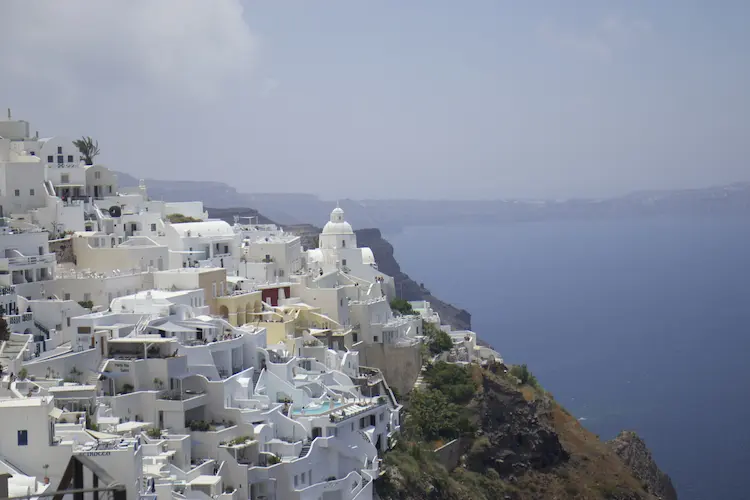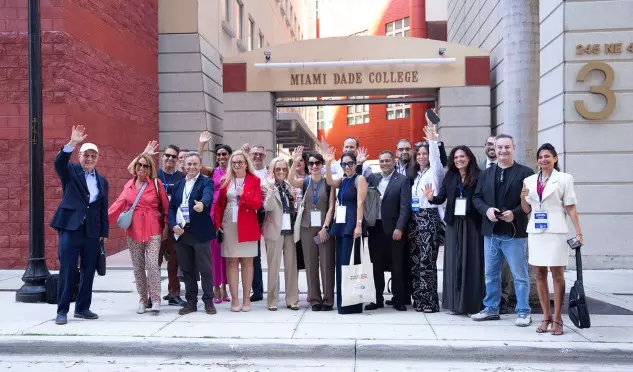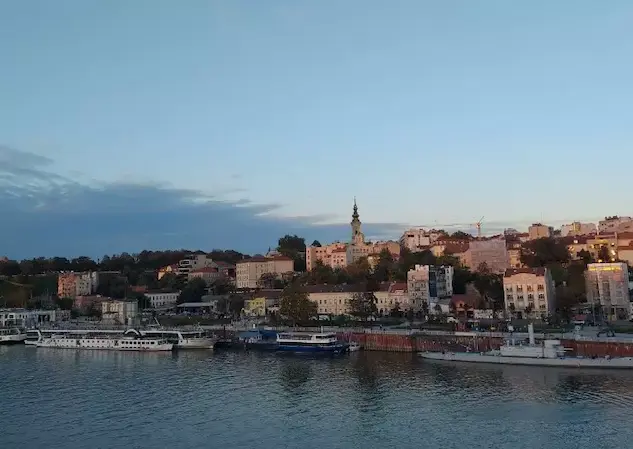Cities are getting hotter every year. Climate change, concrete, and black rooftops trap heat and make urban summers unbearable. Rising temperatures threaten comfort, health, and even lives. While planners add trees, shade, or green roofs, one surprisingly simple solution gains ground: painting rooftops white. Let’s explore why white roofs work, how much they help, and what it takes to scale them.

Urban heat: a growing threat
Big cities act like ovens. Dark roofs and pavement soak up sunlight by day and release heat at night. According to an analysis of the climate change 2024, over 1.1 billion people now face at least two extra weeks annually—and 305 million face over a month—of nights warmer than 18°C. Climate change worsens these heat waves, causing thousands of deaths during record summers in Europe.
Read more about heat adaptation in cities here and here.
Researchers found that the grid-like layout or “texture” of a well-organized city strongly influences how much heat it retains. At night, cities are warmer than nearby rural areas, but the degree of this urban heat island (UHI) effect depends on city structure. While older, less structured cities cool down faster, a discovery that could inform better energy and planning policies. We’ll explore city texture and its impact on urban climate in future posts.
Structure changing is an overcomplicated task. There are many solutions for making city cooler, but there are some special.
Many tools, one bright spot – white roof
Planners plant trees, install cool pavements, or promote green roofs. But trees take years. Green roofs might be too expensive. Air conditioning cools indoors but heats outdoors—and raises emissions. White roofs offer a fast, cheap, effective alternative that reflects solar heat rather than absorbing it. White roofs use paint or reflective membranes to boost albedo. As reported by researchers, fresh snow reflects 90% of sunlight, grass about 25%, asphalt only 4%. Many cool roof coatings reflect 80% or more.
We studied the impact of trees on heat using Belgrade as a case study here.
White roofs can reduce urban heat wave peaks by up to 2 °C. A UCL study saw 1.2 °C average outdoor cooling, up to 2 °C in cities like London. In India and Bangladesh, painted school roofs dropped indoor heat by 1.5–2 °C (UCL simulation). Across Delhi slums, introducing coatings yielded about 1°C cooler interiors. Ahmedabad residents saw, 400 homes with reflective membranes experienced cooler indoor temperatures, improved sleep, and reduced energy use. Making roof surfaces and pavements more reflective and increasing vegetation cover helps to counteract the effects of urban heat islands. On a typical sunny summer afternoon, a clean white roof that reflects 80% of sunlight will stay about 30°C cooler than a grey roof that reflects only 20% of sunlight.
Real-world success stories
New York’s CoolRoofs
New York CoolRoofs began in 2009 as a volunteer-led climate initiative and became a workforce training program in 2015. By 2012, the city had coated nearly 650,000 m² of rooftops, aiming for one million square feet annually. On hot days, white roofs stayed up to 24 °C cooler, with peak temperatures dropping from 77 °C to below 54 °C.
French supermarket
A supermarket in Quimper, France, implemented a cool roof project to improve energy efficiency and reduce its environmental impact. The Quimper supermarket covered 6,200 m² with reflective paint. In three years:
- Energy dropped 45% (from 1,250 to 750 kVa)
- 175 tons of CO₂ saved
- €20,000 saved on electricity and €5,000 on maintenance
- At under €20/m²
This cost-effective retrofit proved to be a highly successful example of how white roofs can deliver both climate and economic benefits.


Indian Cool Roof Project
In India’s informal settlements, where tin-sheet roofs turn homes into ovens, extreme heat threatens the health, livelihoods, and especially women’s well-being. Through the Cool Roofs Programme, cities apply reflective white paint—made with materials like titanium dioxide—to reduce indoor temperatures by up to 4–6 °C. In Hyderabad, over 3,000 homes have received cool roofs, helping women work, rest, and live more comfortably during extreme heat.

The tech behind it
Cool roof technologies use reflective materials to reduce heat absorption, making buildings cooler and more comfortable, especially in densely populated, low-income areas. These solutions are considered cost-effective for several reasons: they rely on inexpensive, widely available materials like white solar-reflective paint; they can be applied directly onto existing tin or concrete roofs without structural changes; and they often involve community labor, reducing installation costs.
Solar-reflective paints
Special white coatings made with high-albedo pigments like titanium dioxide reflect sunlight and reduce surface temperatures. Used on tin or asbestos roofs in Indian and Bangladeshi slums, they have reduced indoor heat by 1–2 °C.
Liquid-applied reflective membranes
In Ahmedabad, a reflective membrane applied to over 400 homes created cooler indoor spaces, improved sleep quality, and lowered energy bills. The coating is durable, waterproof, and suitable for harsh conditions.
Community-led applications
Many projects involve training local workers to apply coatings, enabling rapid, low-cost deployment at scale while empowering residents. This approach keeps labor costs low and strengthens community ownership. For example, an initiative called the Climate Action Accelerator aims to scale up climate solutions.
Overall, cool roofs offer a scalable, low-tech way to address urban heat—particularly effective in informal settlements and schools with minimal access to air conditioning.
Challenges: what to watch for
Winter heating penalty: In cold climates, reflective roofs might increase heating needs, but summer savings often dominate.
Climate effects: Large-scale reflectivity changes could affect rainfall—but small city-scale projects pose minimal risk.
Albedo decay: Dirt and aging reduce reflectivity, requiring maintenance.
Design resistance: Some dislike white aesthetics. Combining color options with policy incentives boosts adoption.
White roofs are simple, proven, and urgent. They cool buildings and cities, cut energy bills, reduce emissions, and safeguard health. With smart policy and incentives, cities can brighten rooftops – and our future.


